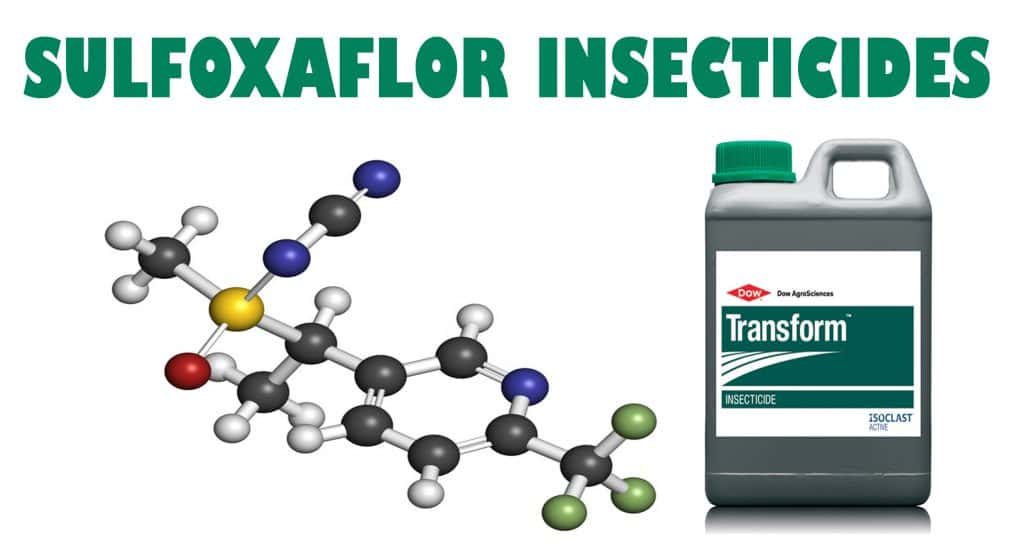
The U.S. Environmental Protection Agency recently granted exemptions under the Federal Insecticide, Fungicide and Rodenticide Act for use of sulfoxaflor on cotton and sorghum.
The exemptions were originally granted earlier in 2019 and late 2018 for the 2019 growing season. National Sorghum Producers Chairman Dan Atkisson says sorghum growers are “grateful the EPA is standing by U.S. farmers,” as sulfoxaflor is critical for sorghum crop protection. The invasive sugarcane aphid, first confirmed in the U.S. in 2013, has had a devastating impact in many sorghum-producing states.
In just the Lower Rio Grande Valley, Texas A&M calculated sugarcane aphid infestations reduced farmer profit by $20.3 million, or $64.29 per acre, in 2014 and $11.21 million, or $36.17 per acre, in 2015. Sulfoxaflor is vital to control of the invasive pest and is the best tool to avoid devastating impacts, according to National Sorghum Producers.
The EPA first acknowledged the emergency exemption in 2014 and has approved the use of sulfoxaflor in grain sorghum each subsequent year.
